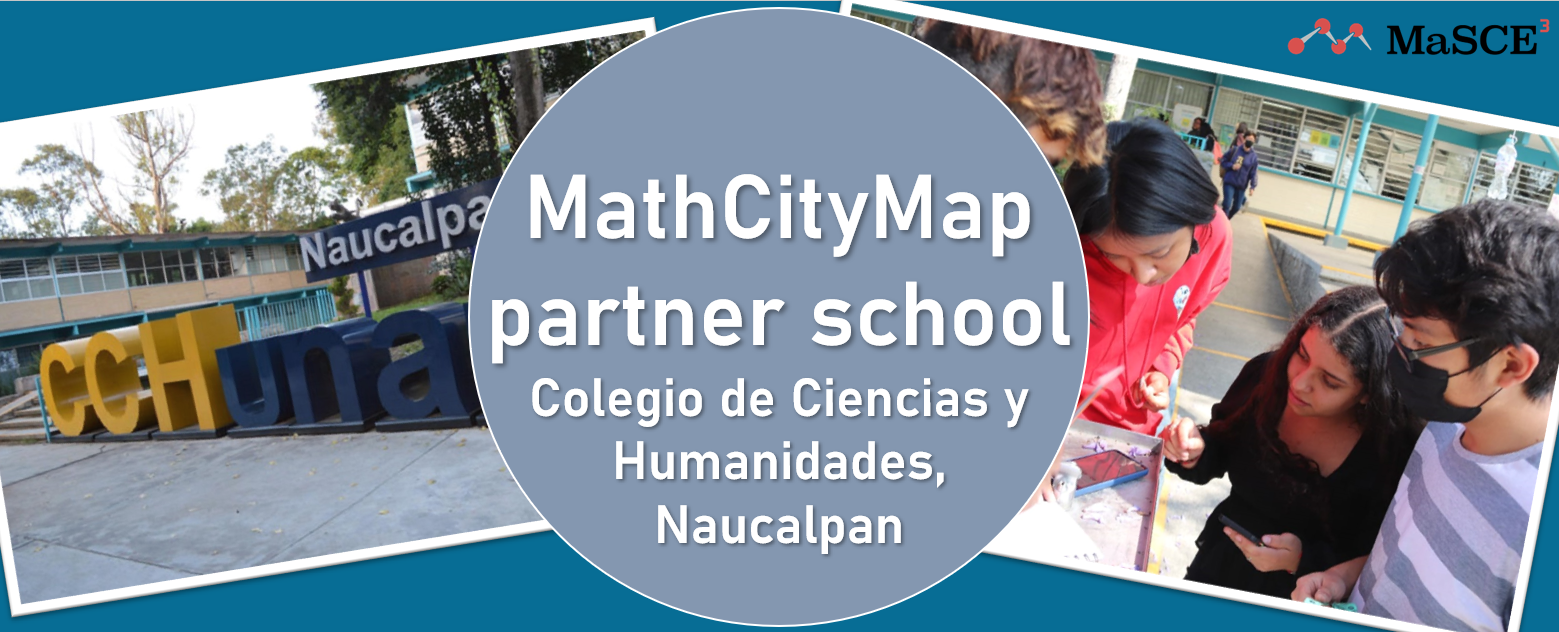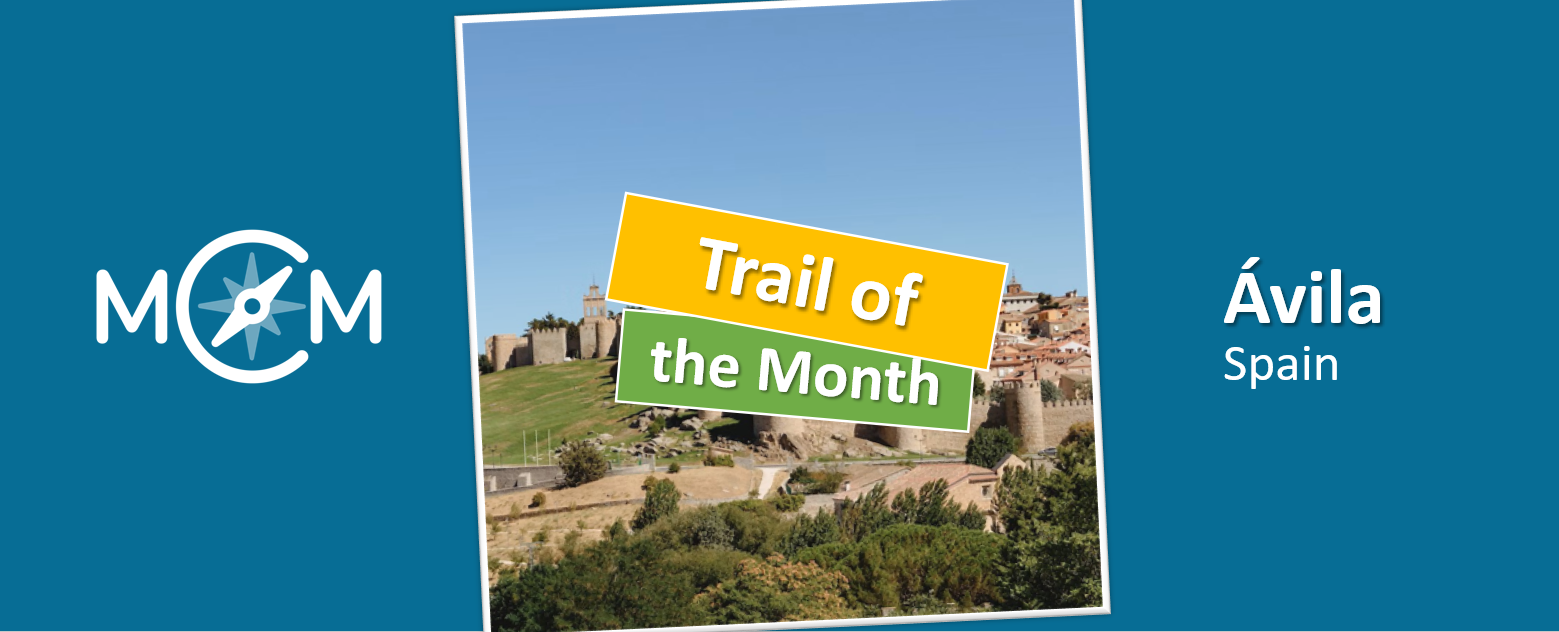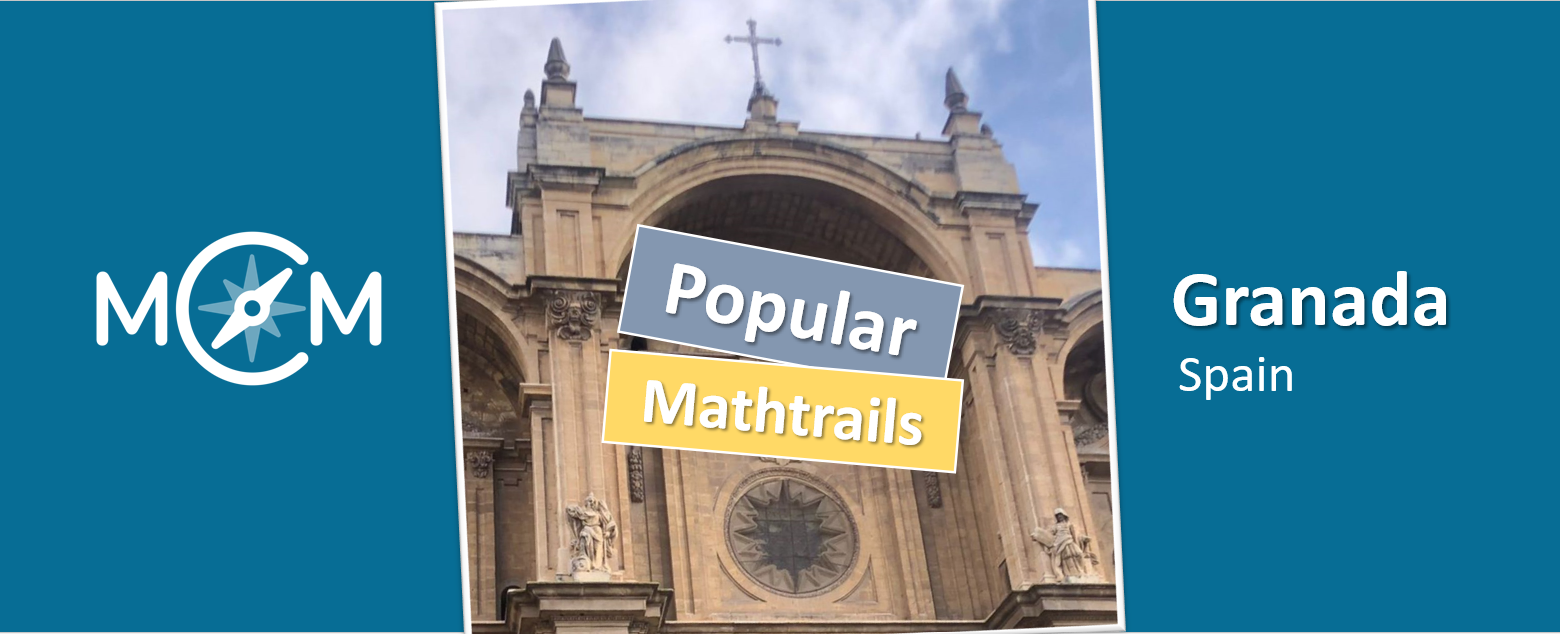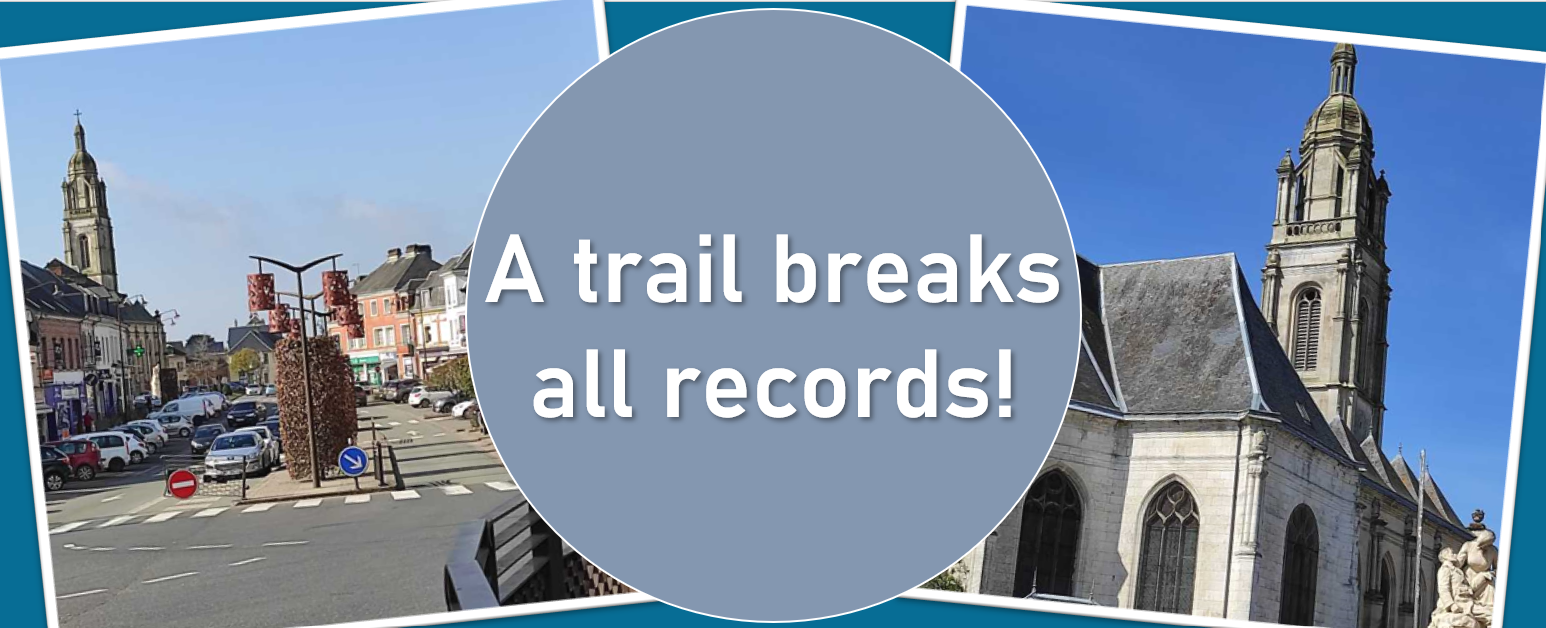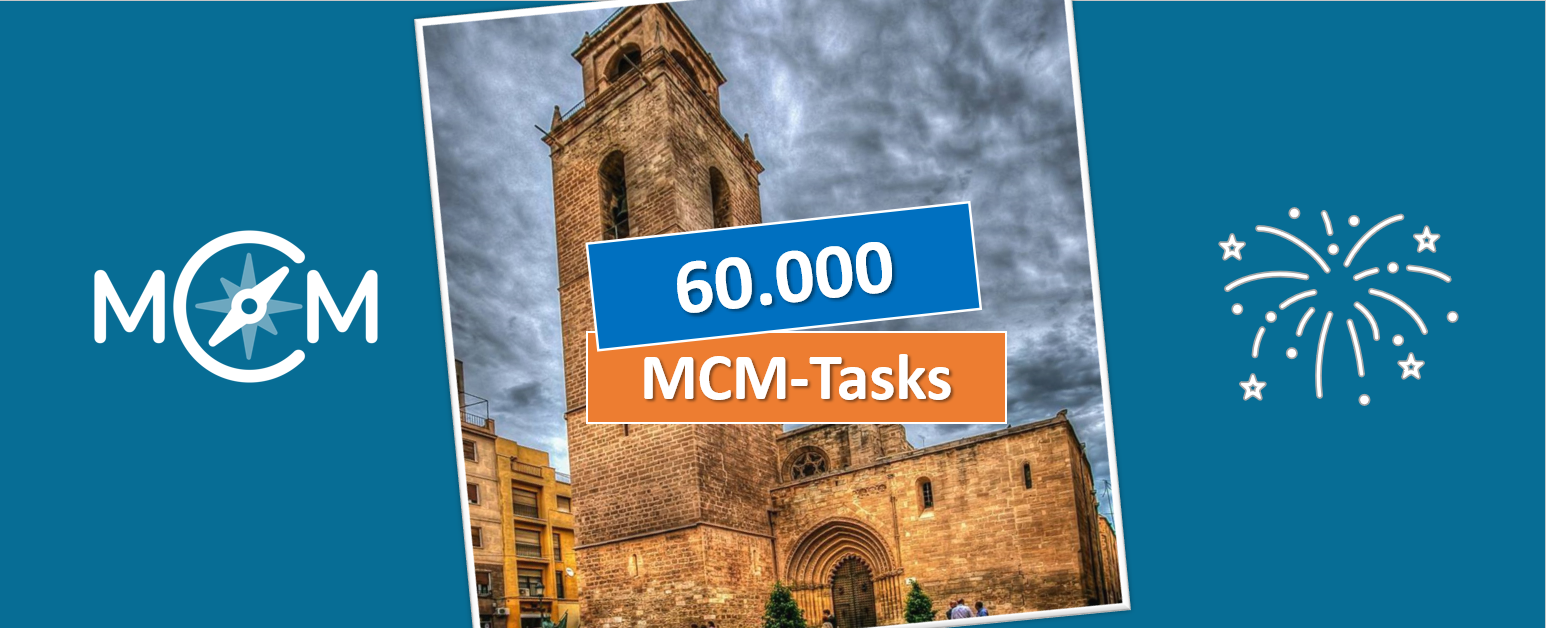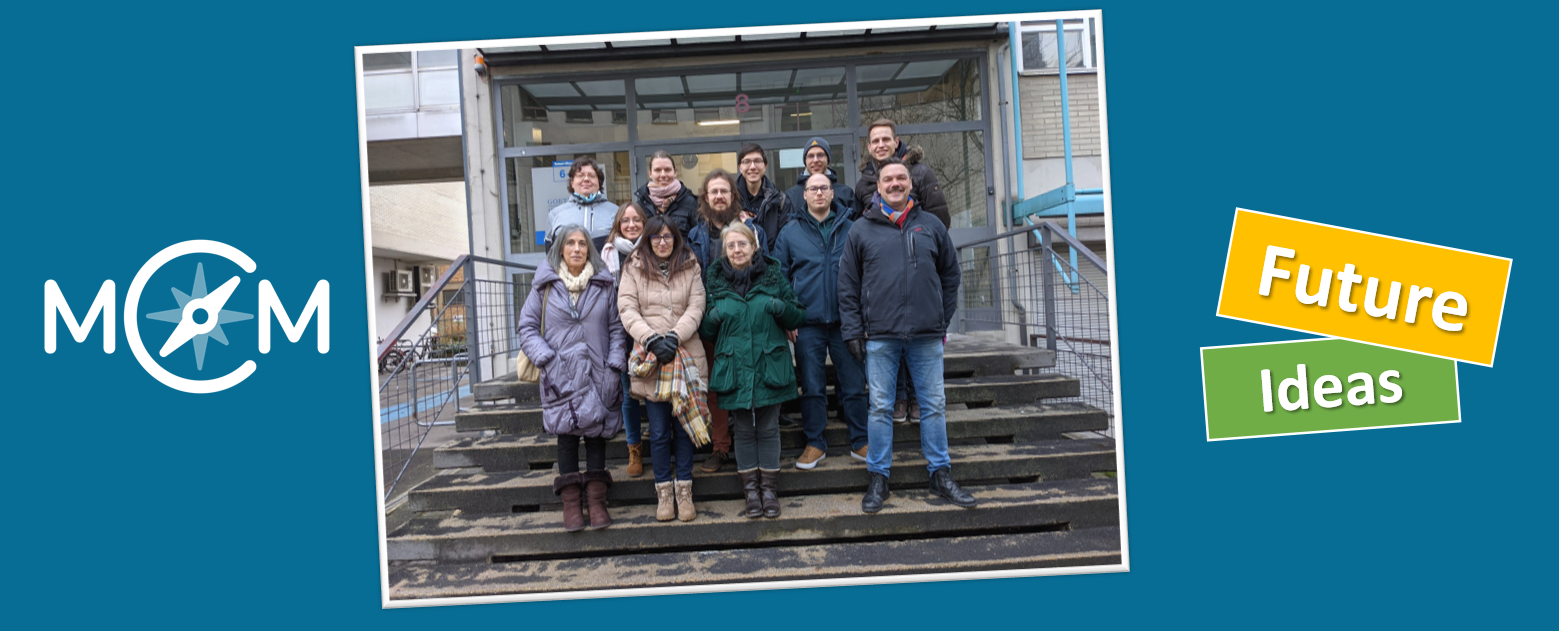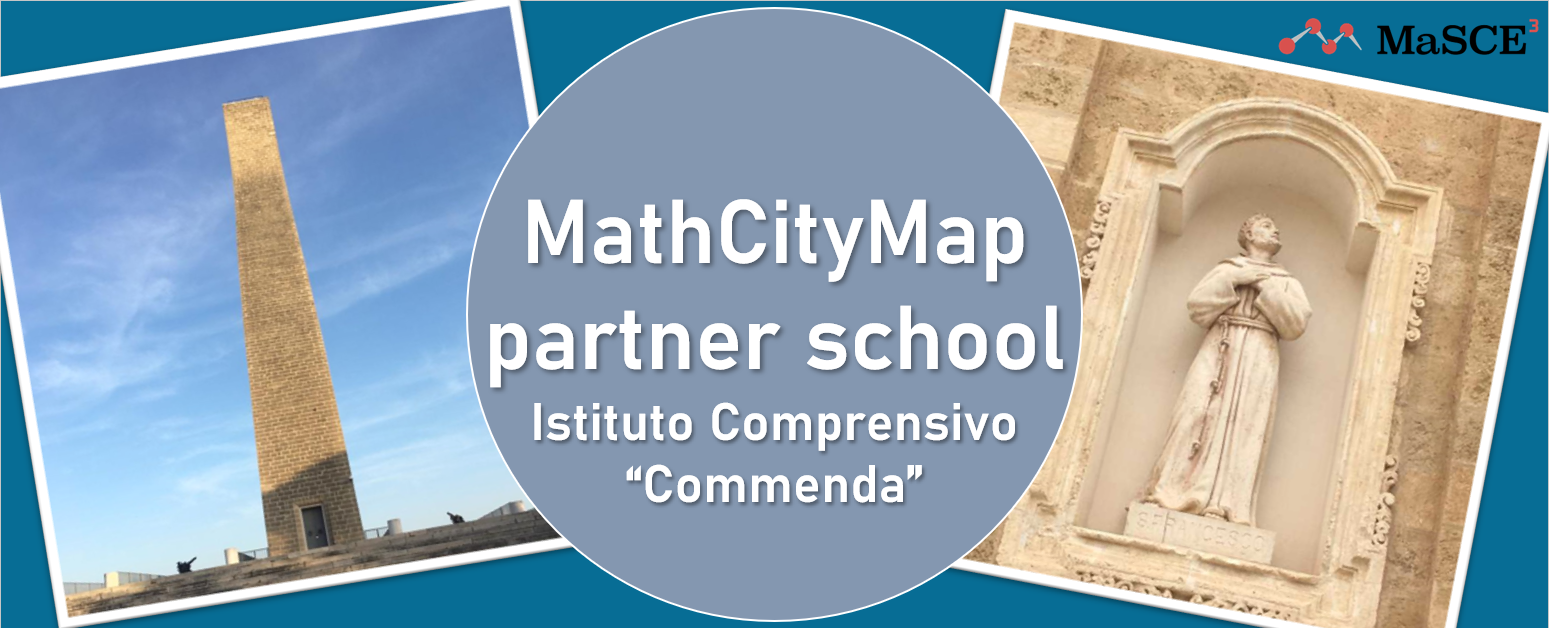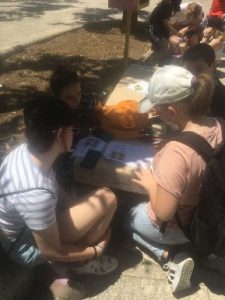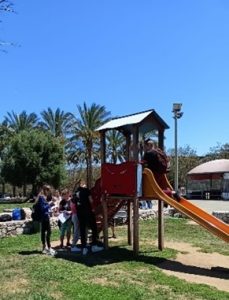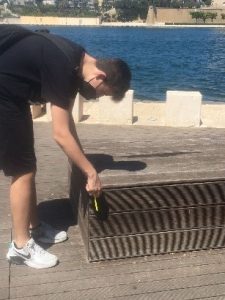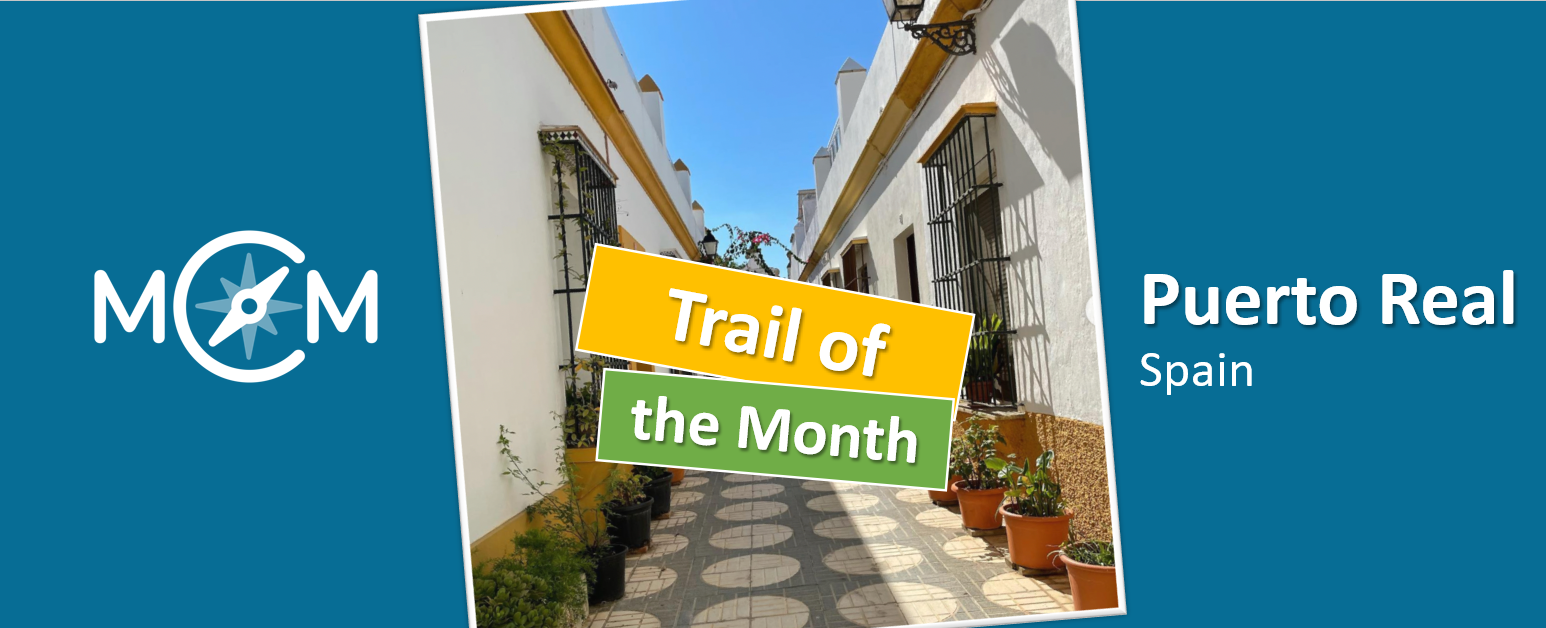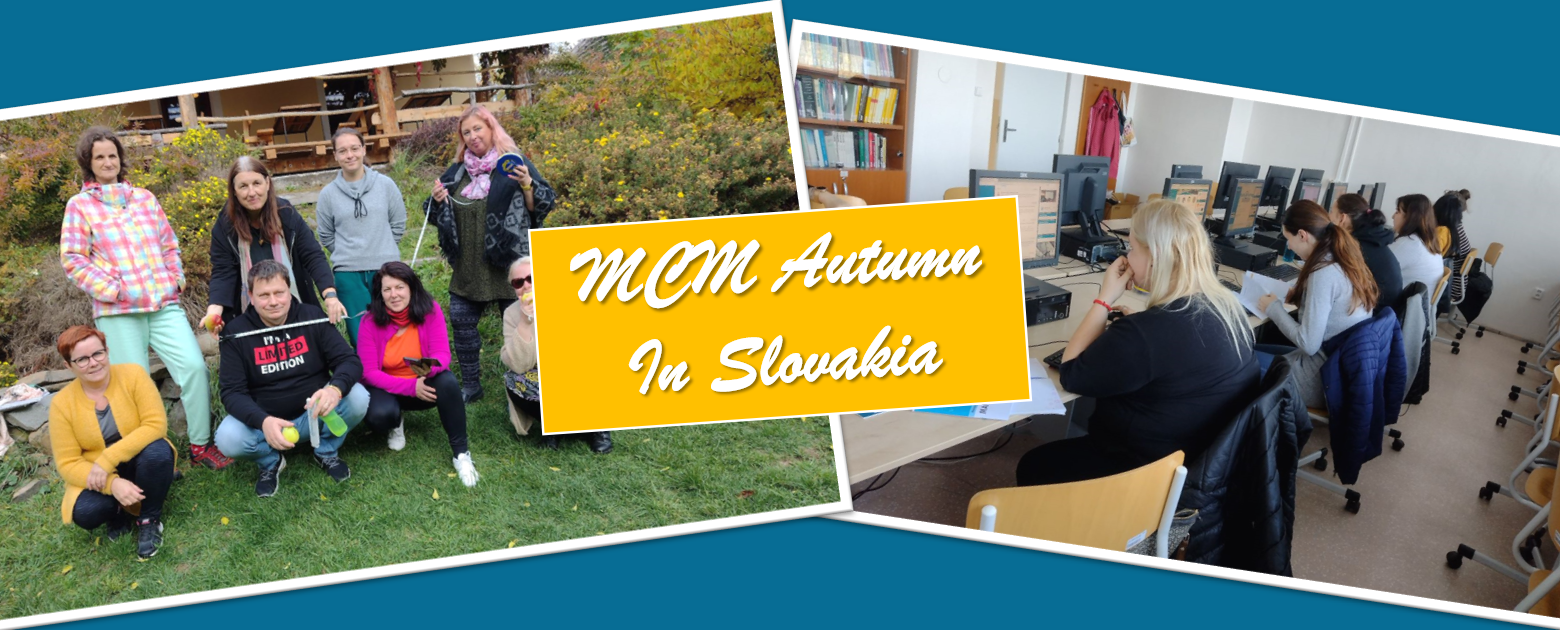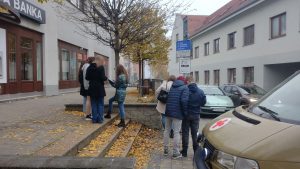We are very happy to welcome the Colegio de Ciencias y Humanidades (CCH), the first Mexican MathCityMap partner school in our international partner school network!
CCH applied with two trails, which can be found on the web portal and in the MCM App as follows:
David Sánchez, a teacher at CCH, initiated the application and tells us about the school community’s enthusiasm for Mathtrails and MathCityMap:
Due to the International Mathematics’ day, the “Colegio de Ciencias y Humanidades (CCH)” campus Naucalpan inagurated the 2023 Mathematical Walk edition.
Currently, the initiative belongs to “CCHN” Mathematician, College Academic and Library Director Dr. Ignacio Renero Ambros who has been a user and promoter of the MathCityMap application for two years among students and colleagues.
The idea of carrying out a first Mathematical Walk started in 2022, once everyone came back to face-to-face classes at “Universidad Nacional Autónoma de México” was announced. By the time, one of the problems to be faced was that students didn’t know their campus at all because of the pandemic, in addition to the fact that most of them had remained seated in front of their electronic devices for long time. Thus, with the necessity of knowing the most important buildings of the campus and promoting the physical activation, a tour was designed with twelve Mathematical challenges that would address Arithmetic and Geometry basic topics.
Thanks to the motto “Walk, Calculate and Make History”, the “CCH Naucalpan 2022 Math Walk” was well received, and generated nearly 300 downloads. Some of his challenges were related to calculating areas between two figures, determining inaccessible altitudes, Mathematical language, evaluating expressions, and even searching for numerical clues in the library.
This remarkable experience encouraged the head of the library to prepare a second tour, but now dedicated especially to second-year high school students. Due to this, on March 14th in a contest against the clock, more than a hundred students faced 10 new tasks dedicated to the calculation of inaccessible angles, equations of ellipses, circumferences and even horizontal shooting. Some of the challenges whose names were recognized the most were “El bebedero del diablo” (The Devil’s Drinker) , “Un grito de sed desesperado” (A Desperated Cry of Thirst) and “La escalera de Dios” (The Ladder of God).
The school received the news of the publication of the second route in MathCityMap after the teams won the 2023 Math Walk so it was decided to apply to this platform to be part as an Associated School, becoming the first school in Mexico with this recognition.
“El Matematico” from CCH campus Naucalpan will give the first MathCityMap workshop for teacher in this inter annual period so he hopes to get several collaborators for his most ambitious project, which will be called “University City, Mathematical City”, a mega route inspired by the work of Ítalo Calvino and whose headquarters will be the campus at “Máxima Casa de Estudios” in Mexico” which can be traveled by bicycle.
All further information about the partner school program and the requirements for the application can be found in the article about the first MCM partner school as well as on the homepage of our project MaSCE³.
